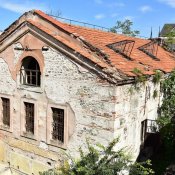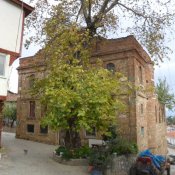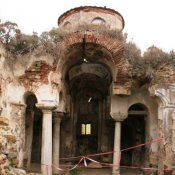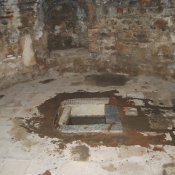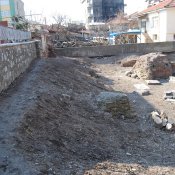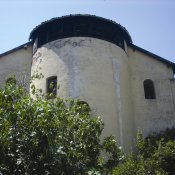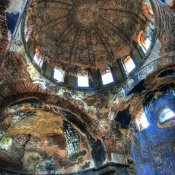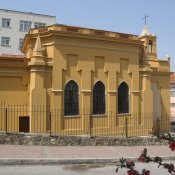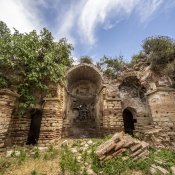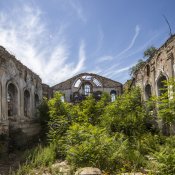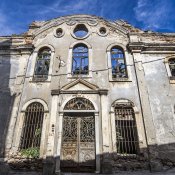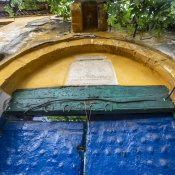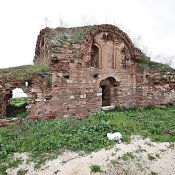Gerush Synagogue
Gerush Synagogue
The Gerush Synagogue was built in the early 16th century, during the reign of Selim II. In the late 15th century, the first groups of Sephardic Jews expelled from Spain and admitted by Sultan Bayezid II to the Ottoman Empire came to Bursa where they settled down. In a population and tax record of 1573, the name of these people was registered as “Cemaati Giroz”, or “Community of Exiles”. The Hebrew word “Gerush” means "cast out, exiled".
Every synagogue has two main elements, the Hekhal and the Tevah. Hekhal, which means “palace”, is the symbol of the Ark of the Covenant keeping the tablets on which the Ten Commandments are inscribed. The Hekhal’s doors are opened only on those days the Torah is read, and on very special occasions. The praying desk, which is located right in a synagogue’s centre, however, is called Tevah. In general, the Tevah is placed in the middle of the hall, and the community sits in the banks arranged around it.
The structure of Gerush Synagogue with its dome made of lathe and plaster, and its capacity of 100 to 150 persons, is highly strong and well maintained



